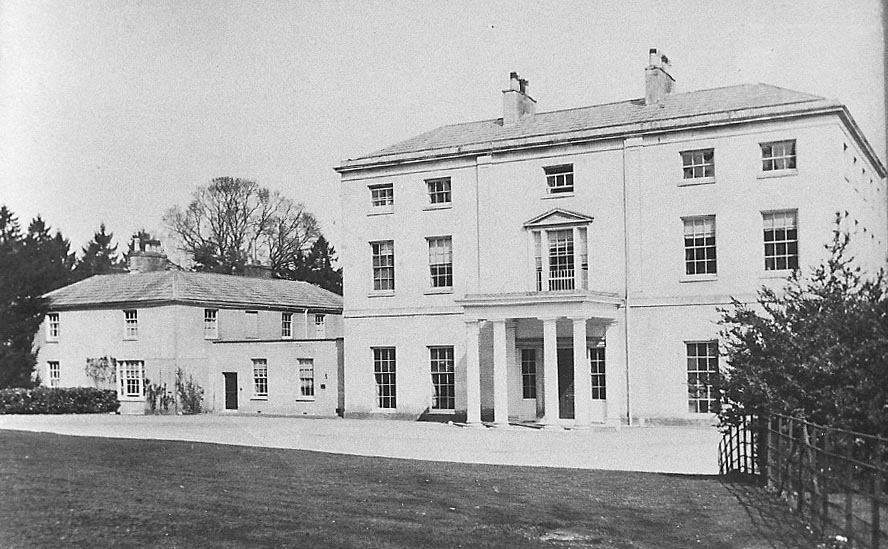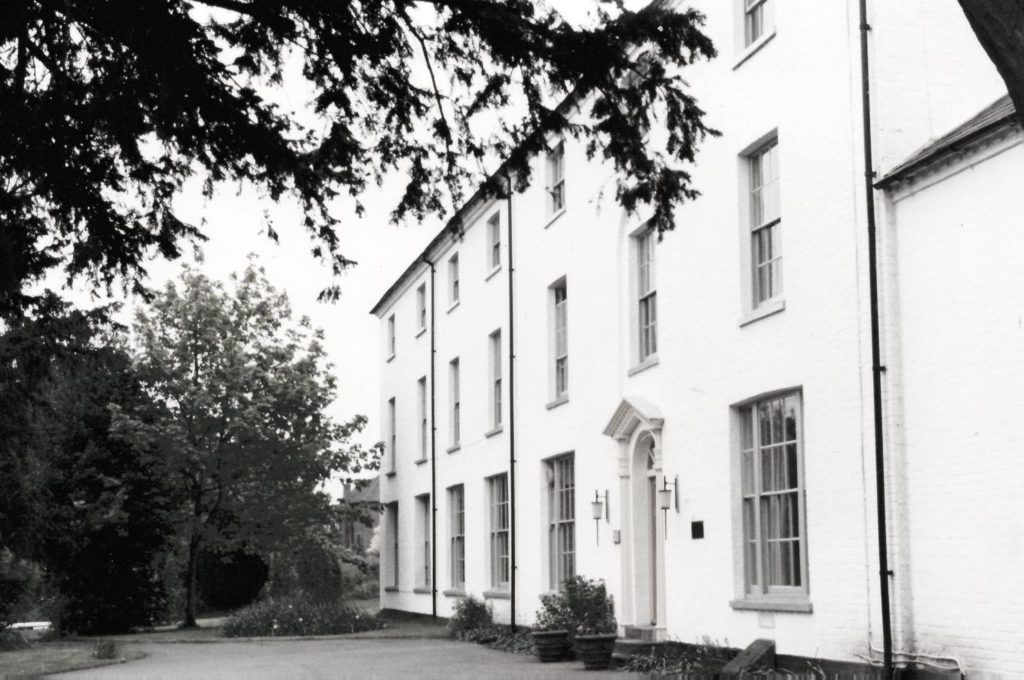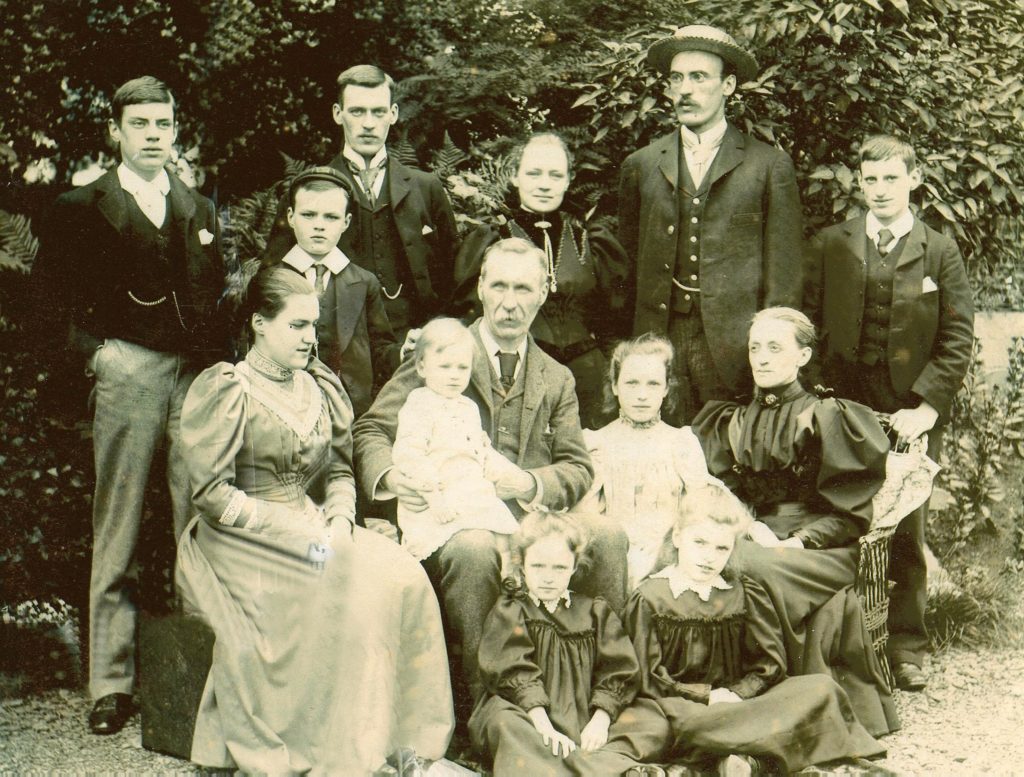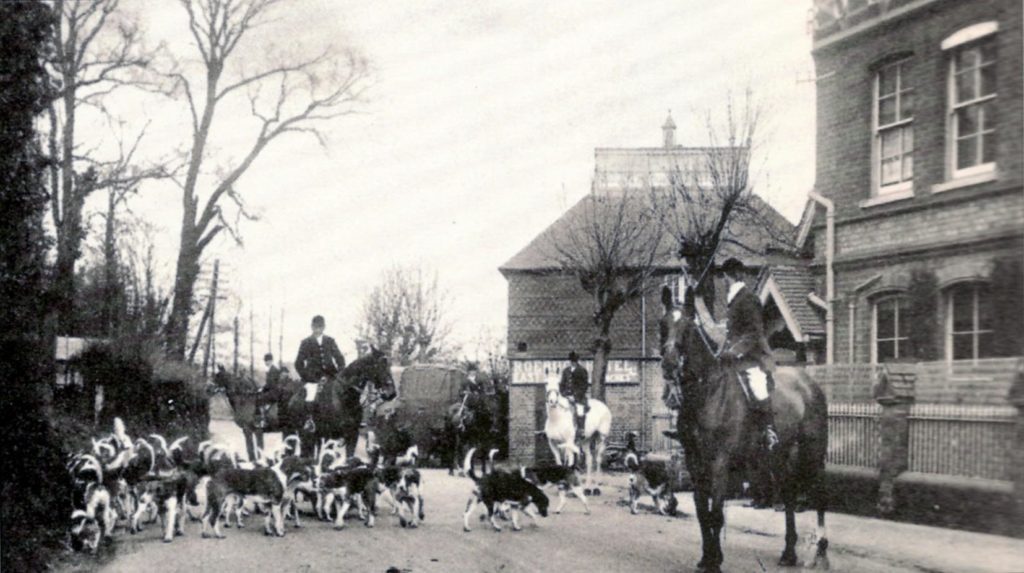History of the Barn
The story of Purley’s Barn almost certainly starts with a marriage.
In 1514 the son of the lord of the manor of Purley became engaged to the daughter of the lord of the manor of Mapledurham, just across the river. Nicholas St John was the groom to be and Elizabeth Blount his intended wife. Both were part of the court of the young Henry VIII.
When they married they set up home together in Purley at the ancient manor house which stood somewhere to the south of the church, almost opposite the ancient Mapledurham House.
During the coming century both of these houses would be rebuilt. The details of Mapledurham House are well documented and the new design, built in 1588, is essentially what is there today. Of Nicholas’ new manor house in Purley we know next to nothing.

It was only when Purley’s ancient barn was being dismantled that some clues began to emerge and even then it is much more speculation than well documented fact.
What do we know of the barn? Well we know that in 1793 it was standing just beyond the south wall of the churchyard and roughly parallel to it. A similar building also appears on an earlier map dated 1746. In 1741 we hear of a new brick house built by Edward Sherwood in Purley and it is reasonable to assume that this house replaced Nicholas’ 16th century manor house.
When Nottingham University came to do ring dating on the timbers of the barn they found two distinct groups. The main beams were all from timbers felled around 1730/1 and most of the secondary beams were from timber felled around 1540. These latter beams all bear the signs that they
were originally part of an older building, and denote a natural recycling of timbers as an older timber-framed building was demolished. At least two of the posts had once served as primary floor beams in a house and display the original floor joist mortises. On one post there is also a pair of rebates for floor boards, indicating that the top of the member was set flush with the floor. This was an early form of construction.
There is little doubt that these timbers came from a high class building as witnessed by the quality of the finishing and jointing. So it is a reasonable assumption that the ancient manor house was replaced by a Tudor-style timber-framed house around 1540, that this in turn was replaced by a brick house built close to the church in 1741, and the timbers reused in our barn.

Now we move to better documented history.
A few years later after the estate had come into the hands of Anthony Morris Storer, Humphry Repton was asked to do a study of the Great Farm with a view to transforming it into a gentleman’s residence. He produced one of his famous ‘Red Books’ in 1793.
Repton’s idea was to move the farm a short distance to the west and reconstruct the house and grounds in the grand manner. His ideas did not come to fruition, however, and the decision was taken to relocate the house on the crest of the ridge, overlooking the Thames, where it would be well away from flooding.
This eventually became Purley Park, and the surviving mansion is now called Purley Magna.
The Storer family who commissioned the new house, no longer wanted the manorial farm to occupy the same site as their living accommodation and so a new farm was constructed, on the corner of Long Lane and the turnpike road, on a piece of land known as Elyham.
Our barn and at least one other were moved from their original site by the church to this new site, soon to be called Belleisle Farm, named after one of the Storer’s properties in Jamaica.


The second smaller barn survived until 1960 when it was demolished to make way for a new office block.
Our barn, however, would remain here for the next 194 years, first as a farm building until around 1904, then as stabling for the South Berkshire Hunt until 1950, and from then as a workshop and store for G. Percy Trentham Engineering.
During the First World War the barn served as stables for a Remount Depot.
The artist Cecil Aldin, then its master, collected horses from all over the country and brought them to Purley where they were retrained for the use of the military. A copy of Aldin’s evocative drawing of its time as a Remount Depot now hangs in the barn.
Between 1985 and 1994 there were great debates as to the future of the barn. Various plans were submitted for its conversion into three or four dwellings, total demolition, and conversion to community facilities in situ.
However all of these came to nothing as the developers went into administration and the site was purchased by Bryant Homes.
The final move to the Goosecroft Recreational Ground was due to the generosity of Bryant Homes who had it restored and made available for community use.


The restoration was done by Ovary Construction who were specialists in this field.
The barn was stripped to a skeleton so it could be examined in great detail, including the tree ring dating exercise by Nottingham University on 31 January 1995.The tiles were first removed and stored in a portable steel shed but even then so many were broken that a large quantity of second-hand tiles had to be obtained from other sources.
As the barn was dismantled frame by frame, the timbers were cleaned and treated and then it was re-erected on its new site at Goosecroft. There was a sod-cutting ceremony on 9 January 1995 attended by members of the Parish Council and the Scouts, and work began immediately to prepare the site.
Foundations had to be dug and a new trench cut so that power cables could go underground instead of overhead.
As far as possible, all the old timbers were re-sited in their original positions, but a number of new baulks of Suffolk oak had to be obtained, to replace sills which had rotted away, and softwood timbers which Trenthams had used in their repairs.
In addition, the Building Control Inspectorate insisted that the joints were all reinforced with iron bars.


New cladding and windows were provided along with some new fire exits, and there was a dividing partition built to split the eight-bay structure into five-bay and three-bay sections.
In the aisle part some small offices were built, and gents, ladies and disabled toilets plus a small kitchen provided.
The new Barn was officially opened on 24 June 1995 with a major exhibition put on by Project Purley, Purley’s local history society.
For the next few years the three-bay section was used intensively by the Scouts and Youth Club with the five-bay section almost unused. However after considerable investment by the Parish Council in to the Barn and its facilities, the usage has increased substantially.
Our thanks go to John Chapman for kindly allowing his article which hangs inside the Barn to be slightly expanded and republished here.
Photographs courtesy of Project Purley.